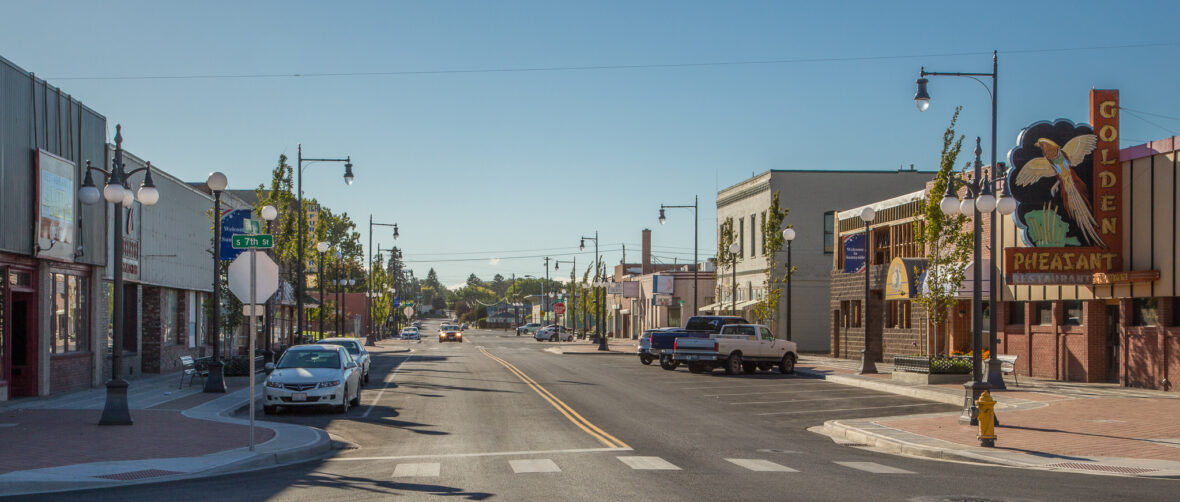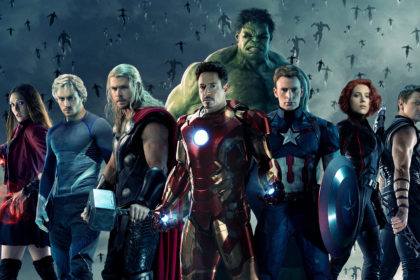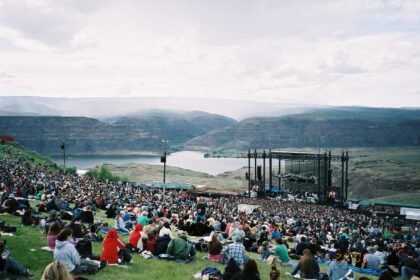Sunnyside is a city in Yakima County, Washington, United States. As of the 2010 census the population was 15,858. Take a look below for 20 fun and obscure facts about Sunnyside, Washington, United States.
1. The Yakima Valley was not at all inhabited by the Yakama people, who were relocated onto the Yakama Indian Reservation following the 1855 signing of a treaty with the federal government.
2. The modern settlement of Sunnyside was founded by Walter Granger in 1893.
3. The name “Sunnyside” was coined by a merchant named W. H. Cline.
4. Granger was involved in the financing and construction of the Sunnyside Canal which would allow Yakima River water to irrigate the area. However, due to the Panic of 1893, Granger’s creditors foreclosed on the canal, and the town’s population dwindled to seven families.
5. However, by the end of 1901, the population had doubled, finally exceeding 300 people.
6. The townsite contained “1 bank, 11 stores, 3 hotels, 1 newspaper (the Sunnyside Sun, still publishing as of 2020), 2 blacksmith shops, 2 livery barns, 3 churches, and a large and growing school.”
7. On September 16, 1902, residents voted 42–1 to incorporate as the town of Sunnyside. At the time, the town had 314 residents, just over the state minimum for an incorporation referendum.
8. The first mayor of Sunnyside was the town druggist James Henderson.
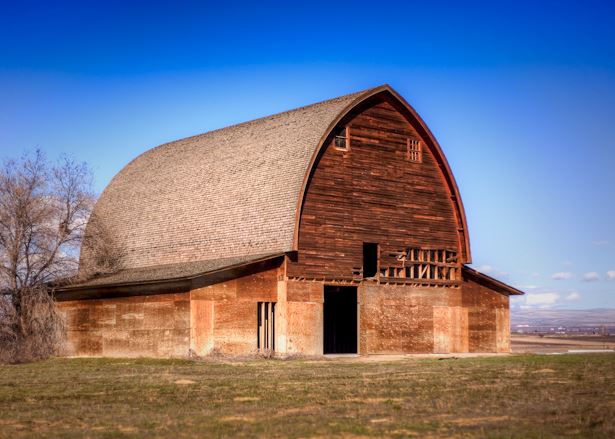
9. Sunnyside’s population increase at this time was stimulated by the immigration of the Dunkards from South Dakota who were moving to the town.
10. The population of Dunkards was of such notable size that by 1902 it was noted that they had “built a commodious place of worship at Sunnyside” which was the largest church in Yakima County at the time.
11. The Dunkards, members of the German Baptist Progressive Brethren, relocated to Sunnyside in order to form what they called the Christian Cooperative Colony. The Brethren bought the entire town site and were the developers of its first bank, and a telephone system.
12. They enforced clauses prohibiting alcohol, dancing, and gambling as a condition on every parcel of land sold. Because of this, old maps of Washington identify the town with a cross or halo symbol.
13. Later, in the 1930s, refugees from the Dust Bowl also moved to Sunnyside
14. Under the leadership of mayor William Bright “Billy” Cloud (1870–1959), Sunnyside initiated a project to pave its dirt streets on June 5, 1917. This project was necessary since years of irrigation had raised the water table to the point that the streets had become unbearably muddy.
15. The cost of the entire project was $62,629.45.
16. In 1948, Sunnyside became the first city in the state to adopt a council–manager system of government. The system provides for an elected city council which is responsible for policy making, and a professional city manager, appointed by the council, who is responsible for administration.
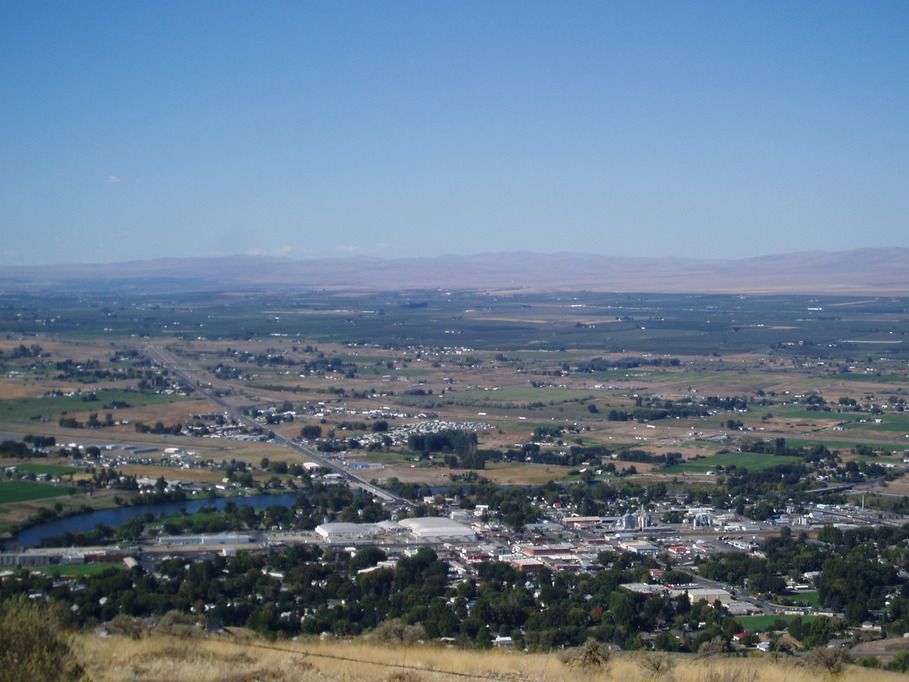
17. The city manager provides policy advice, directs the daily operations of city government, handles personnel functions (including the power to appoint and remove employees) and is responsible for preparing the city budget.
18. Under the council-manager statutes, the city council is prohibited from interfering with the manager’s administration. The city manager; however, is directly accountable to and can be removed by a majority vote of the council at any time.
19. Sunnyside was named an All-America City in 1979.
20. Sunnyside has one public library. The original public library, a Carnegie Library, was built in 1911. It was replaced in 1964 with the current library building. It is the second largest library in the Yakima Valley Libraries and has one of the largest Spanish language collections in the system.

